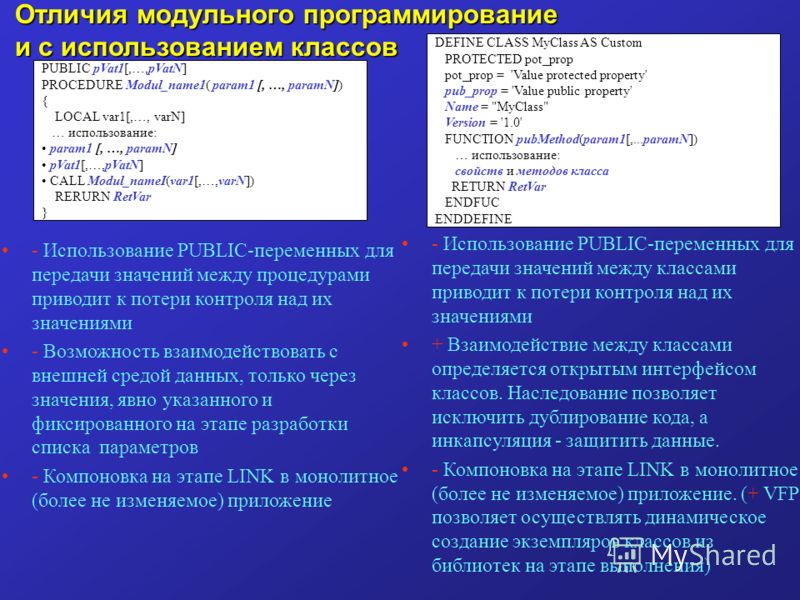
This control is designed to allow for actions at certain timed intervals.Ī toolbar, which is a group of objects that can be docked at the top, bottom, or sides of the desktop. The equivalent of a FoxPro 2.x "plain" GET control.Ī visual object that does not display on a form. The equivalent of the FoxPro 2.x spinner control.

Object that puts blank spaces between controls on a toolbar. The page frame control is a container-type control because it can (and usually does) contain many objects.Ĭreates instance of opened project that enables programmatic access to project events.Ī definition of a relation between two cursors in a data environment. Each tab within a tab control is a separate page.

This is the equivalent of a FoxPro 2.x radio button object.Ī tabbed control. Multiple radio buttons that operate as a single control. The equivalent of the FoxPro 2.x scrolling list control. The equivalent of placing text on a screen in FoxPro 2.x. Provides button, image, or label object that when clicked, launches a Web browser and navigates to a hyperlink. This is the equivalent of a FoxPro 2.x screen set.Ī container-type object that allows display and editing of information in browse-type format.

The equivalent of a FoxPro 2.x screen.Ī container-type object that has one or more forms as members. The equivalent of a FoxPro 2.6 edit region.Ī single "screen." This is a container object in that it can (and usually does) contain other objects. Primarily used for objects that are not visual but might contain visual objects as members.Ī collection of cursors Environment and relations to open or close as a unit. The Control class hides all internal objects and only allows communication with the control class.Ī cursor definition in a data environment. The same as the container class with one major difference: When the object in a container class is instantiated from the class, you can address all objects within the container. This is useful when you are creating a class that has more than one object on it. Equivalent to a group of pushbuttons in FoxPro 2.x controlled by one variable.Ī generic object designed to hold other objects. Ī group of command buttons that operate together. x.Įquivalent to a pushbutton in FoxPro 2.x. x.Ī combo box similar to the pop-up control in FoxPro 2. Visual FoxPro 6 comes with the base classes shown in Table 14.1.Īn active document object that can be hosted in a host browser such as Internet Explorer.Ī standard check box control similar to the check box created in FoxPro 2. At the highest level, classes created in Visual FoxPro are subclasses of what Microsoft calls base classes, the classes that ship with Visual FoxPro. Don't let the terminology throw you.īy definition, every class created in Visual FoxPro is a subclass of another class.

Unfortunately, Microsoft uses the term parentclass to mean the same thing. The term superclass used here is in line with terminology used in most texts that discuss object orientation. This can be a built-in class provided with Visual FoxPro 6 or one that you create or purchase. is the name of the class and is the name of the class upon which the class is based.
Vfp define class code#
All code between DEFINE and ENDDEFINE relates to this class. In the following sections you read about each portion of the construct separately.ĭEFINE CLASS AS This line of code tells Visual FoxPro that you are creating a class. The following sections provide a definitive look at the syntax of creating and using classes in Visual FoxPro.ĭefining ClassesYou define classes using the DEFINE CLASS/ ENDDEFINE construct. All the work was done in code, which is a good way to look at creating classes because it provides a clear view of what you can do when you create classes. In Chapter 13, "Introduction to Object-Oriented Programming," you briefly learned some of the issues related to creating classes in Visual FoxPro.


 0 kommentar(er)
0 kommentar(er)
